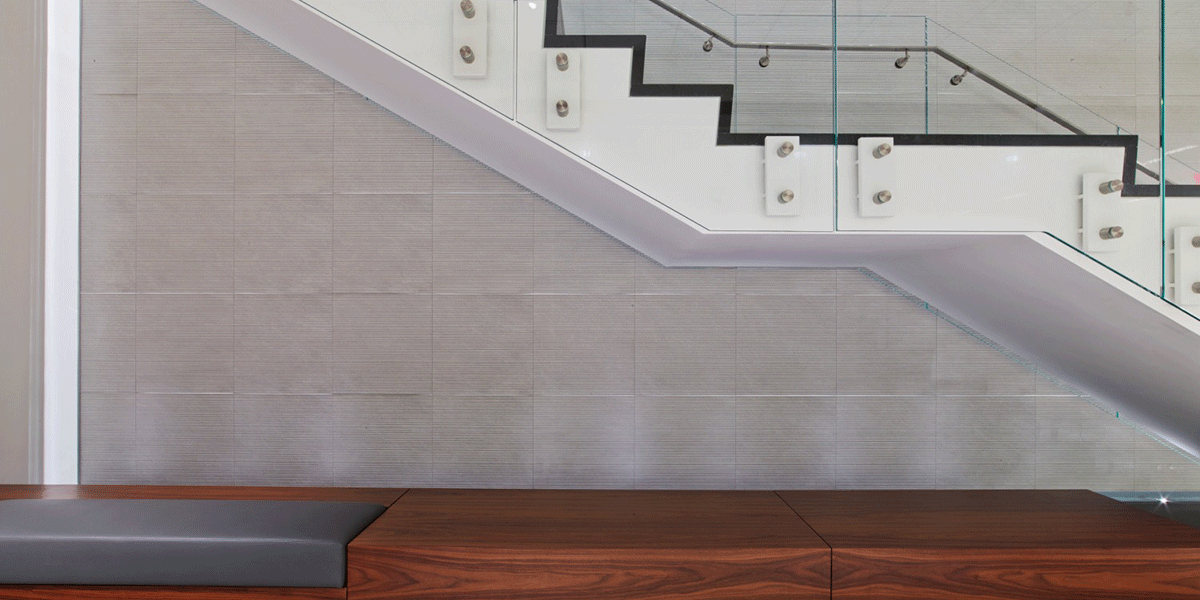How should designers of the workplace practice interior architecture to best support changing businesses?

As the world becomes more complex and changes faster than ever, professions and methodologies dealing with “change management” have been divided into three major buckets: Risk mitigation, coaching, and organizing.
Risk mitigation with thorough tactical and communications planning aims to minimize business disruption and avoid attrition of both talent and customers. Usually a young, large, and mission-critical organization, such as logistics, will start with this approach.
Coaching, where consultants explore how value systems and cultural norms can impact or be impacted by change, and designs programs that better incentivize and facilitate the adoption of new behaviors. This philosophy is typically employed by more established organizations that already has risk-mitigation processes established. This would be exemplified in a Fortune 500 technology company that has evolved to manage change through framework that is designed to “Inspire, Teach, Inform.”
Organizing where – at its extreme – companies adopt new ways of organizational design that allows the system itself to become responsive to any planned, unplanned, incremental, or transformational change. Zappos has famously adopted holacracy, which supports a distributed authority that is self-managing and self-sufficient as organizations grow incrementally. Valve and GitHub have gone to the extremes of a self -organizing model, which has no hierarchical structure—instead management mimics open-source collaboration methodologies— but this requires extremely high talent density across the entire organization. While these concepts may be more of an ideal than a practical reality, the aforementioned companies are actively scaling and testing across parts of an organization with extremely positive outcomes. A more widely adopted model of organizational redesign can be best exemplified by Toyota’s continuous improvement programs.

So how should designers change the way one practices design to enable change? Let’s look at a simplistic continuum of workplace from an organizational and design lens.

The typical process today starts at the design of the workplace (point 4 in the diagram). If the stars align, the design can be transformational and spark new, different ways of working. Then, if the client is thoughtful about the process, it could engage internal teams or external consultants to help with managing the adoption of the single workplace project (5) and then move on to iterated design and systematic adoption (6).
Based on best practices of the workplace design industry today–both from my observation of practitioners, as well as secondary research of what consultants say they do – a design firm may also:
- Perform (4) and (5) at the same time, designing for adoption directly into design, or
- Build capability building (build capability building?) towards new ways of working (3) but typically done after (4).
Where do we go from today’s best practice? First, a designer must recognize the need to enable change in each of the change management philosophies – risk mitigation, coaching, and organizing – and learn how to provoke the conversation with clients and supporting experts. Then the designer must also shift to thinking about a design in the context of the different levels of managing change. Finally, a designer should strive to move the conversation upstream to (1) and (2) and assist with designing the organization before the design of its workplace, just as President Lincoln strove to achieve.
IA is a global firm of architects, designers, strategists, and specialists. We focus exclusively on environments through the lens of interior architecture—a radical idea in 1984, when IA was founded. We are highly connected agents of change, committed to creativity, innovation, growth, and community.
IA is a global firm of architects, designers, strategists, and specialists. We focus exclusively on environments through the lens of interior architecture—a radical idea in 1984, when IA was founded. We are highly connected agents of change, committed to creativity, innovation, growth, and community.

